Market Share
Europe Vitamins Market Share Analysis
In the thriving landscape of the Europe vitamins market, companies implement various strategies to solidify their positions and gain a competitive advantage. One predominant approach is differentiation, wherein companies aim to distinguish their products from competitors by offering unique formulations or specialized benefits. For instance, some companies focus on producing vitamins sourced from natural ingredients or fortified with additional nutrients, catering to consumers seeking organic or premium-quality supplements. Others differentiate by targeting specific demographic groups, such as children, seniors, or athletes, and formulating vitamins tailored to their specific needs and preferences.
Cost leadership is another significant strategy in the Europe vitamins market, where companies strive to become the most cost-efficient producers to attract price-conscious consumers. By optimizing manufacturing processes, sourcing raw materials efficiently, and achieving economies of scale, companies can offer competitive prices while maintaining quality standards. This approach is particularly appealing in markets where consumers prioritize affordability without compromising on product efficacy or safety. Moreover, cost leadership enables companies to penetrate new market segments and expand their customer base by providing accessible options to a wider audience.
Moreover, niche positioning is a strategy adopted by some companies in the Europe vitamins market, targeting specialized consumer segments with unique products. For example, companies may focus on producing vitamins tailored for specific health concerns, such as immune support, cognitive function, or skin health, catering to consumers' growing interest in preventive healthcare. By addressing niche markets, companies can differentiate themselves from competitors and build a loyal customer base. Niche positioning also allows companies to command premium prices for specialized products and reduces direct competition in the broader market.
Innovation plays a crucial role in market share positioning strategies within the Europe vitamins market. Companies invest in research and development to introduce new formulations, delivery methods, or combinations of vitamins to meet evolving consumer demands and preferences. For instance, companies may develop innovative formats like gummies, effervescent tablets, or liquid supplements to enhance convenience and appeal to consumers who struggle with traditional pill forms. Innovation not only allows companies to differentiate themselves but also helps them stay ahead of emerging trends and maintain relevance in a competitive market landscape.
Collaboration and partnerships are also essential for market share positioning in the Europe vitamins market. Companies may form strategic alliances with healthcare professionals, retailers, or research institutions to enhance their credibility, expand distribution networks, or access additional resources. Collaborative efforts can facilitate product development, provide valuable insights into consumer preferences, or strengthen marketing initiatives. By leveraging the expertise and networks of partners, companies can accelerate growth and gain a competitive edge in the dynamic Europe vitamins market.
Furthermore, branding and marketing efforts are critical for effective market share positioning in the Europe vitamins market. A strong brand identity helps companies differentiate themselves, build trust with consumers, and establish a loyal following. Effective marketing campaigns that highlight the benefits of vitamins, such as supporting overall health and wellness, can resonate with consumers and drive sales. Additionally, companies may utilize digital marketing channels, influencer partnerships, or educational initiatives to engage with consumers and build brand awareness.

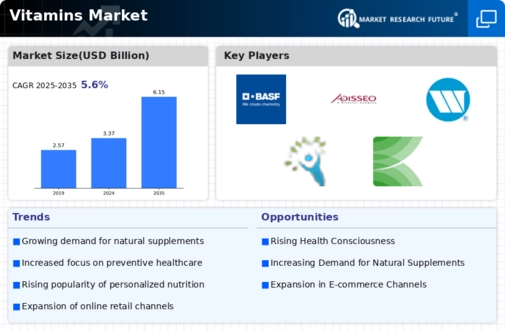
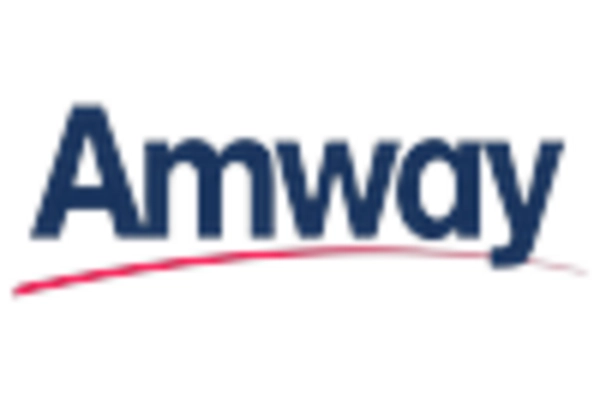
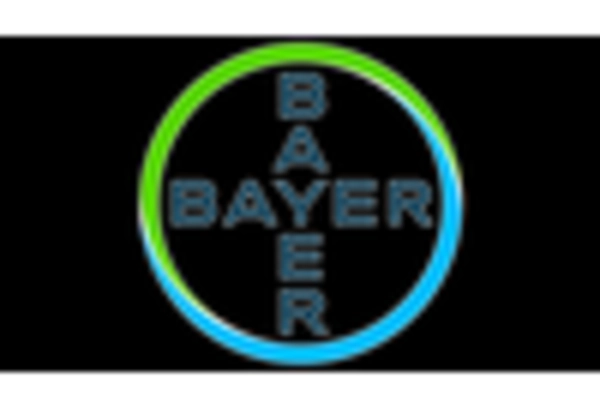
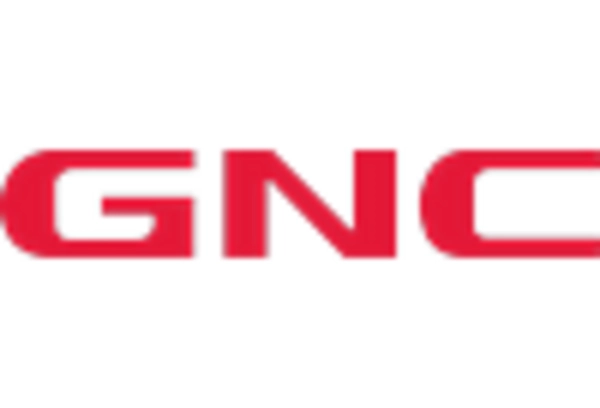
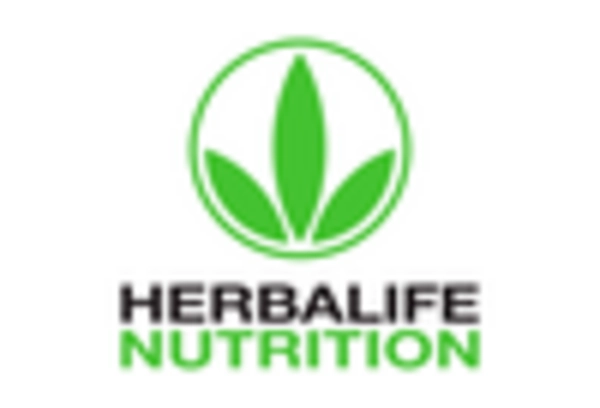

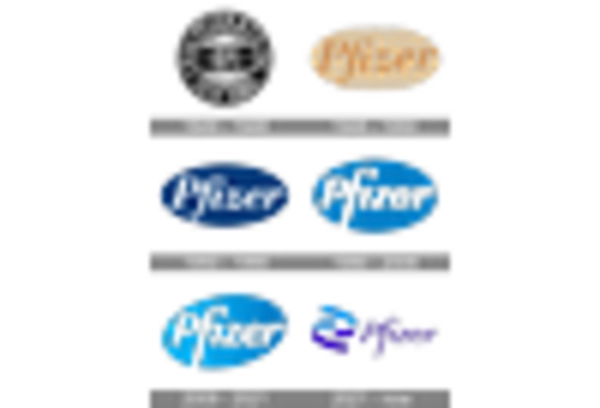

Leave a Comment